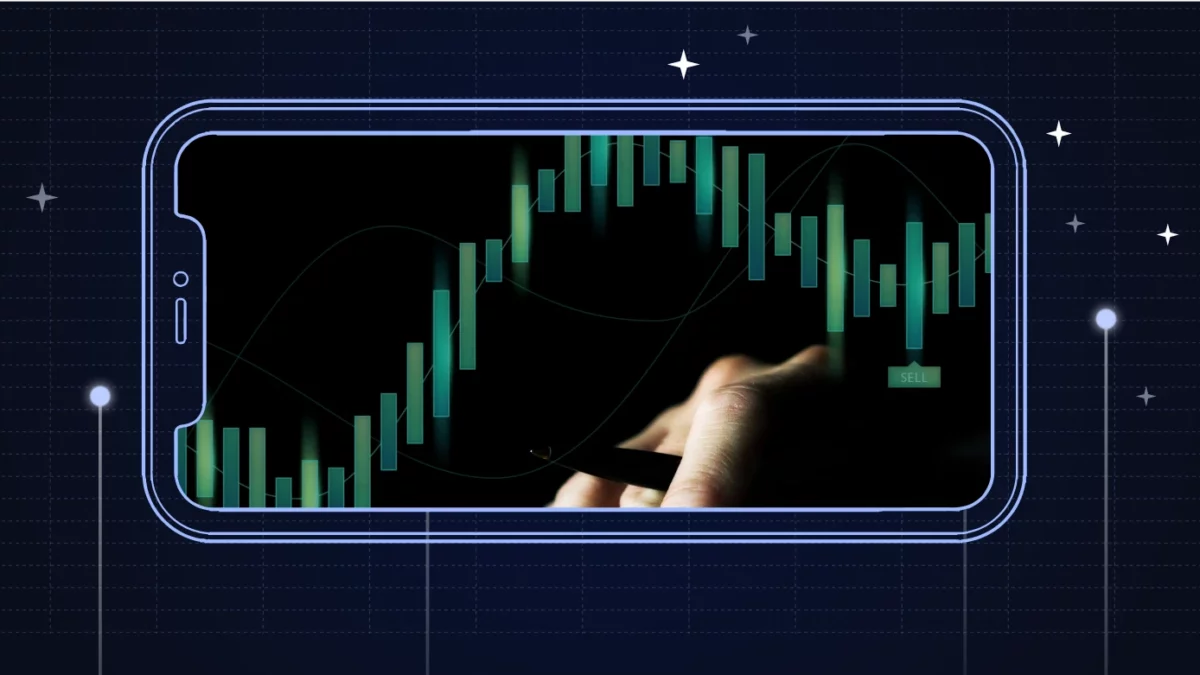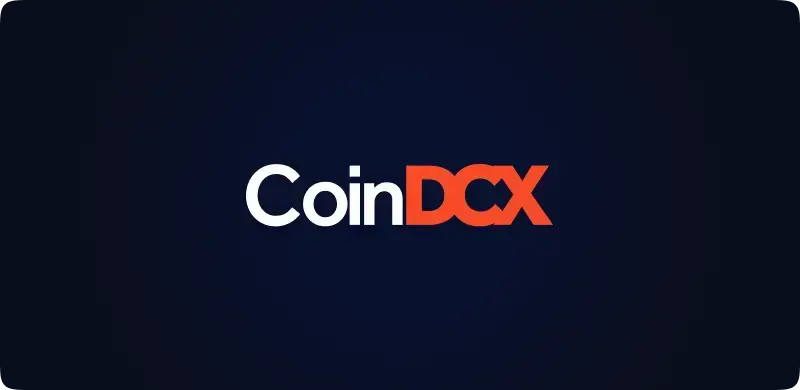Table of Contents
ToggleIntroduction:
This is a pretty important article outlining some of the most basic concepts in Crypto Futures trading, especially for newer participants. In the article below, we will try to outline some of the most important crypto Futures terminologies that traders interested in the crypto Futures market should be aware of to understand how crypto Futures trading works.
1. Crypto Trading Pair
In the world of crypto, a trading pair is simply a pair of two assets that can be traded for each other on a crypto exchange. For example, a BTC/USDT trading pair essentially means that one can purchase BTC tokens with USDT tokens, and then sell that BTC back to receive USDT in return. A crypto trading pair is comprised of a base currency and a quote currency at all times; the base currency is the first in the pair with which the other currency is paired – thus from the example above, BTC is the base currency, while USDT is the quote currency in the BTCUSDT perpetual crypto trading pair.
2. Leverage
Leverage is a word that is most commonly thrown around in the world of Crypto Futures and it needs to be understood too. Leverage is a concept that is derived from the world of traditional finance, which effectively means that using leverage, a trader can put in a small amount of money, also called “margin” (more on this later), and is allowed to control a contract that is worth significantly more than what they put in.
For example, with a 10x leverage on a Bitcoin Futures Contract, a ₹100 in initial margin can fetch ₹1000 worth of the Futures contract. This is perhaps the most important concept one needs to know and understand if they want to trade in crypto Futures. While leverage is something when used properly can be instrumental in magnifying profits from trading, if used incorrectly can result in a complete capital wipeout.
Read more: Advantages & Disadvantages in Crypto Futures Trading
3. Initial & Maintenance Margin
Now, diving into the concept of margin that we touched upon earlier. There are two kinds of margin funds that a Futures trader needs to be aware of. The first is the initial margin and the second is the maintenance margin.
The initial margin represents the percentage of a Futures contract position’s value that must be deposited to the exchange before opening that position. It is essentially the funds that one needs to pay upfront to open a Futures position. If we take the example mentioned above, ₹100 is the initial margin required to hold a position of ₹1000 worth of Bitcoin with a 10x leverage. Thus, requiring a 10% margin.
If one selects a leverage of 20x, then the initial margin will be 5% of the total position value. Thus the initial margin is directly related to the leverage applied to the Futures contract position.
On the other hand, the maintenance margin is the second concept in Futures trading. It is another kind of margin where one needs to have the minimum amount of margin balance in their account, in order to keep their Futures position valid.
4. Liquidation
The next extremely important concept for a Futures trader to know is liquidation. This is a concept that is derived by combining the two concepts of Margin and Leverage by creating a failsafe in the trading mechanism of the Futures market, to prevent any systemic risk.
Liquidation in Futures Trading refers to the force-selling of a loss-making position to prevent them from falling into a zone of negative equity. Liquidation essentially takes place when a trader is not able to keep up a sufficient maintenance margin in their funds to hold on to that leveraged position.
The price level at which a trader would face liquidation can differ based on the amount of leverage taken in the position. Thus, if a trader took on a lower amount of leverage, the liquidation level would be slightly farther away as the maintenance margin required to hold that position would be lower. Conversely, a highly leveraged trade would require proportionately more maintenance margin, or else, liquidation might happen at the slightest turn in the market.
Hence, liquidation essentially would result in a complete wipeout of a trader’s working capital at a moment’s notice. This makes it extremely crucial for a Futures trader to be aware of this and ensure strict stop-losses are maintained (up next!).
Start Crypto Futures Trading NOW
5.Take-profit & Stop-loss
Take-profit and stop-loss are concepts that are common forms of plain, vanilla crypto trading and crypto Futures trading. As the name suggests, take-profit is a price level where a trader is satisfied with the profit they are making with the risk he or she is taking in the trade and opts to book their profits and exit the trade. A take-profit level is something that is purely determined by the trader, based on their trading methodology and risk tolerance – but it is extremely crucial to have one because markets can turn in the opposite direction at a moment’s notice during the trade and they can stand to lose all the notional gains they had made on the trade.
Similarly, stop-loss is another functionality that is used to keep a mechanical stop on the trade, where the trader would be booked out of a trade if the price of the Futures contract touches a certain price level, or a certain amount of loss is seen on the mark to market. Stop-loss is by far one of the most important and crucial tools one can use in crypto Futures trading as it ensures that one does not lose more than what one can afford and also ensures that they do not face complete liquidation of their working capital in one bad trade.
CoinDCX Futures provides all the different variations of order tools, ranging from Limit orders, Market orders, Limit Stop-Loss orders, and even Market Stop-loss orders which can be used effortlessly by a trader to ensure a disciplined trading activity is undertaken in the market to maximize their profits.
6. Perpetual Futures Contract
Unlike the traditional Futures market, a crypto Futures market employs the concept of Perpetual Futures. Perpetual Futures contracts compared to traditional Futures contracts are not very different, except for a few things. The basic idea behind the concept of a Crypto Futures Contract is that it should provide the benefits of a traditional one like leverage, standard contract sizing, and liquidity while at the same time bringing in additional benefits such as ease of handling (than actually handling crypto assets) and no expiry date, making it an alternate way to stay invested in crypto assets, without actually owning them.
The term perpetual is added to define the fact that crypto Futures contracts do not have an expiry date. Thus, can be held on for as long as the trader wishes to, or is liquidated out – without having to incur the costs associated with rolling over contracts in the traditional Futures contracts.
CoinDCX gives you access to various futures markets, ranging from BTCUSDT, ETHUSDT, SOLUSDT, and many others.
7. Open Interest
Open Interest is a concept that can prove to be very useful and insightful for Futures traders in the crypto market. This simply denotes the total number of options in a Futures contracts positions in the market at any given point in time. Open Interest, as a value, is derived by the total quantity of all opened trades and then subtracting the number of trades that have been closed.
Open Interest can be used to derive a very useful insight into the market at any given point in time too, apart from simply mentioning the number of open positions in the Futures market. For example, if one sees the Open Interest for a particular crypto trading pair on the futures market rising when there is a bullish movement happening in the price of the asset, it can be identified as a very positive indicator. This is because it indicates that a large number of traders are opening fresh positions in the market and are trying to participate in a particular trend that is happening.
Similarly, if one sees a rise in Open Interest while there is a bearish price action playing out on the charts, it signifies that traders are choosing to go short on that particular trading pair. Besides that, if one sees a muted Open Interest activity when there is a market trend happening, it also signifies that the current market trend might not be a very strong one since a lot of traders are not participating in it. Thus, Open Interest gives the ability to judge the market sentiment at any point in time.
8. Funding Rates
Lastly, the funding rate is a system used in Crypto Perpetual Futures, where a periodic payment is made to either short or long traders in the Futures market. It is calculated based on the difference between the perpetual contract price and the spot price of the underlying crypto asset.
So typically, when a market turns bullish, the funding rate moves to the positive side and tends to rise over time. Thus, in that situation, long traders on the Futures contract have to pay a funding fee to the traders on the short side of the trade. Similarly, whenever the market turns bearish, the funding rate moves to the negative side and short position holders in the crypto Futures market pay the traders holding long positions.
A funding rate is in place because, unlike traditional Futures, crypto Futures are perpetual in nature, with no expiry date on the contract. Thus, with no expiry, a funding rate ensures that the value of the Futures contract does not vary too much on either side of the actual price of the underlying crypto asset.
To know more, read: Funding rates in Crypto Futures
Related posts
CoinDCX Launches INR Margin Futures: A New Era for Crypto Futures Trading in India
CoinDCX launches the most cost-effective way to trade futures in India!
Read more
Complete Guide to Trading INR Margin Futures on CoinDCX
Trade crypto futures directly with INR on CoinDCX easily.
Read more

